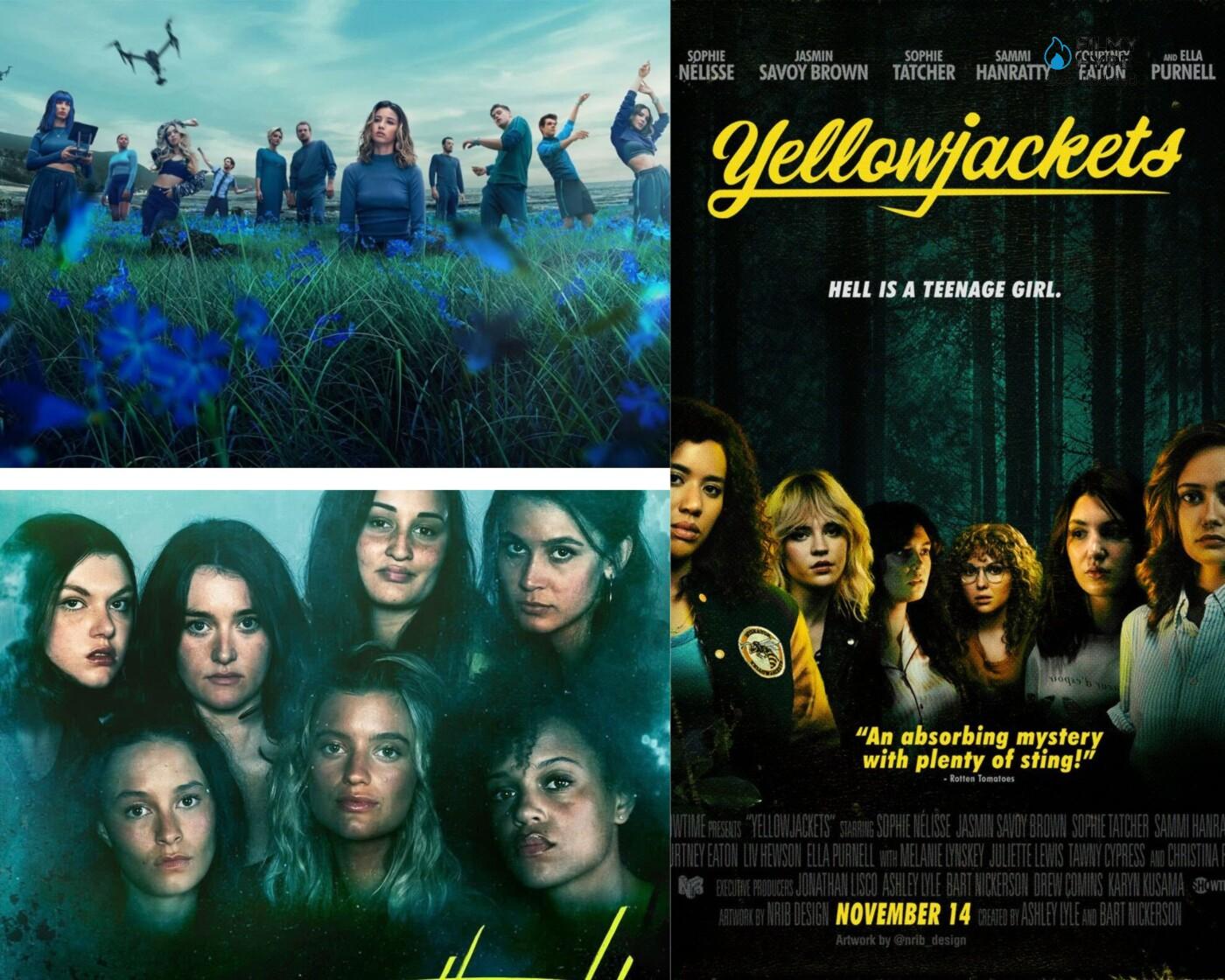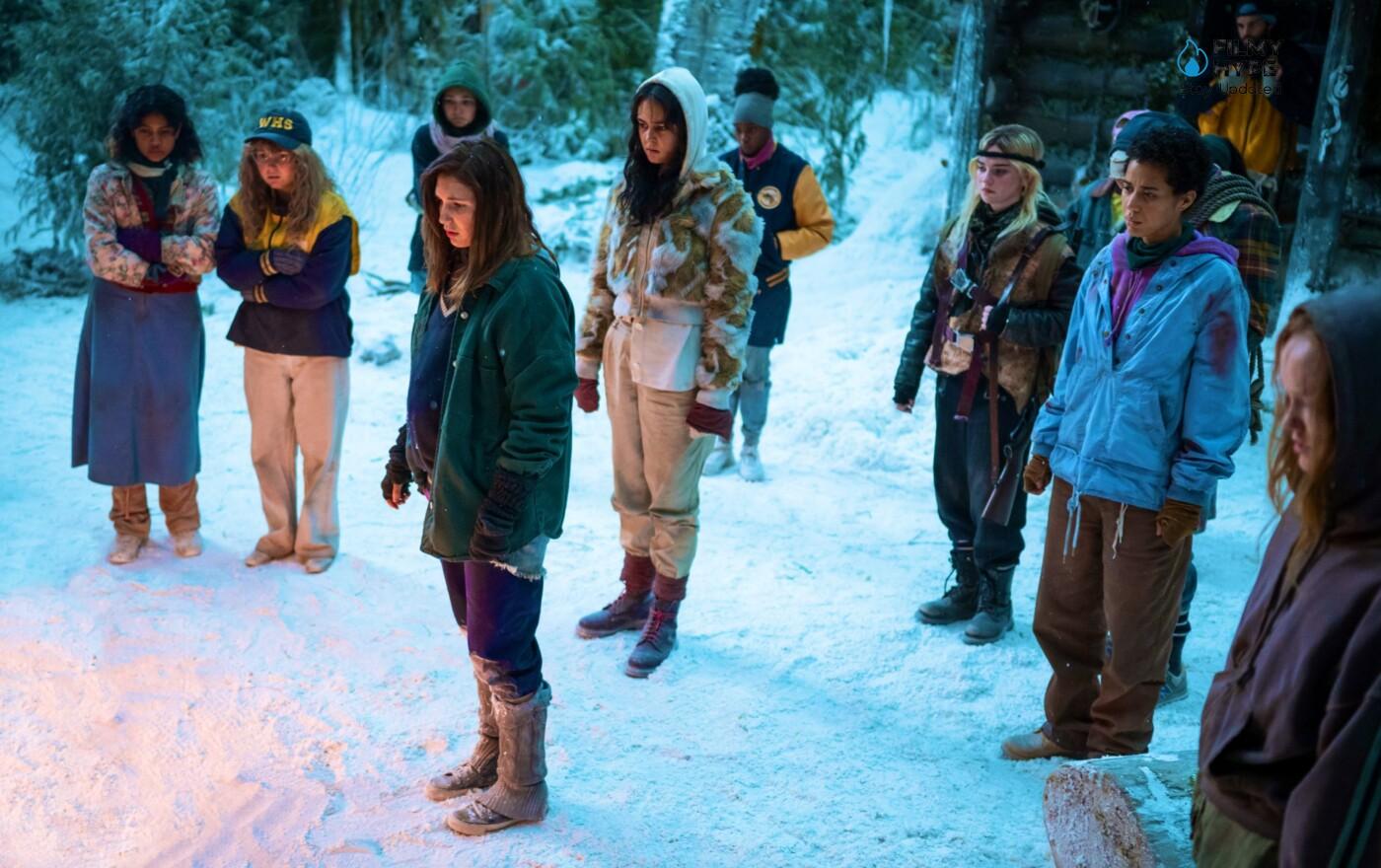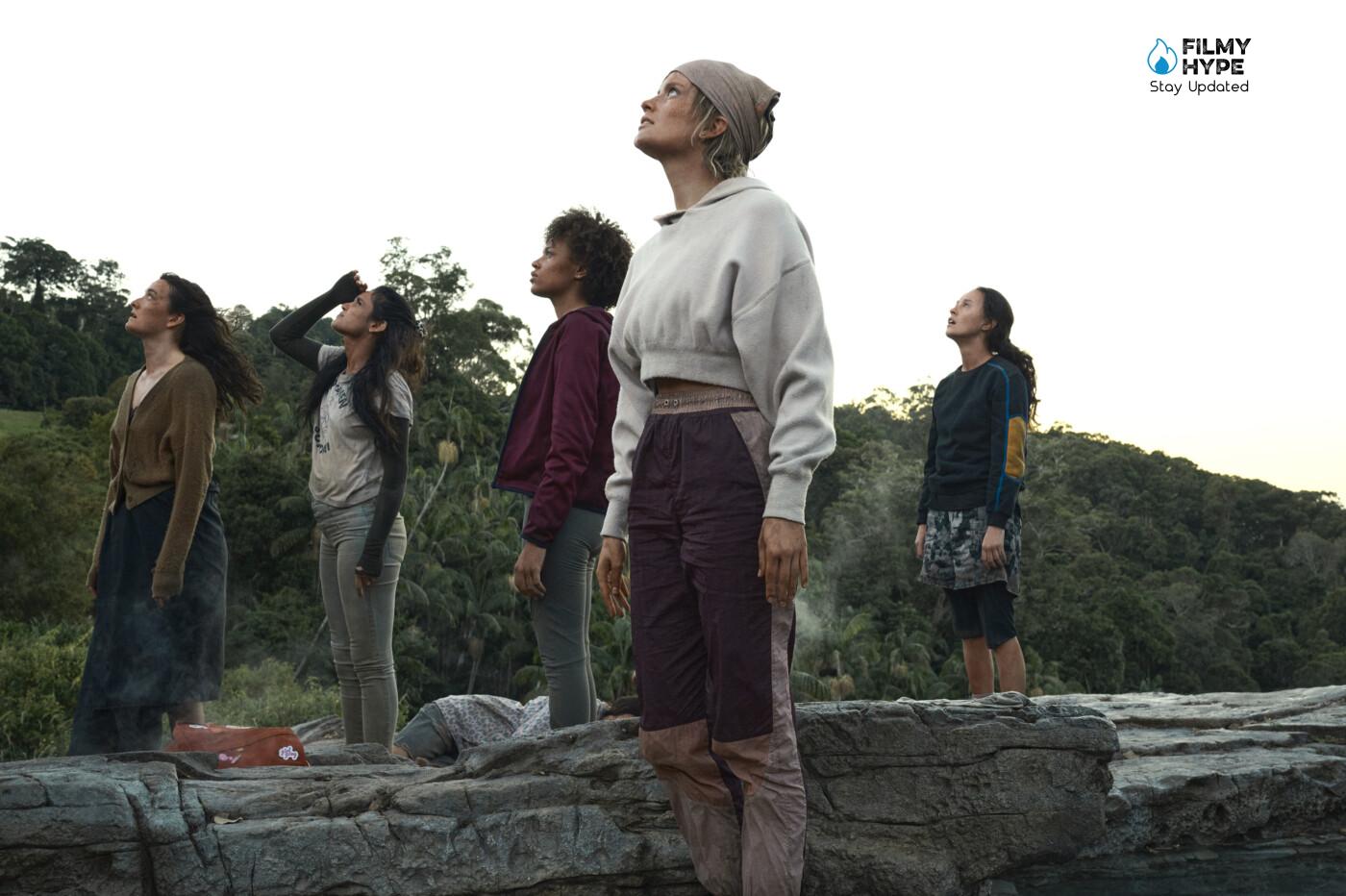Yellowjackets, The Wilds to Welcome to Eden: The Success of The New Teen-Survival Series
Teen-Survival series and movies are grabbing the good attention of viewers like last we saw Yellowjackets, The Wilds, and Welcome to Eden break records on the internet. Let’s analyze together why these series are so popular. In the beginning, it was Lost, with all the baggage we know by now: it was a seminal series, a watershed of contemporary seriality (with a before and after Lost) and so on. Then, in the twelve years that followed the airing of the last of its 114 episodes (for a total of 6 seasons), it seems that the desert islands have disappeared from the horizon of seriality, or almost. No follower, no product that has tried to ride the wave of success of the parent series.

Yellowjackets, The Wilds to Welcome to Eden: The Success of The New Teen-Survival Series
Until today, or rather until these last two years in which, are very close to each other, three products so different from each other have appeared on the small screen, but they have all chosen to pitch their tents on some not well-identified island (or remote place that it is), putting a group of teenagers at the center of the scene. And now that the agoraphobic comparison with the Lost universe seems to have finally eased, we find ourselves in the hands of these three freshly released series that have piqued the interest of old Lostians and new generations. So, let’s try to understand what the success of the new teen-survival series depends on and get to know them better.
You Can’t Change The Old Format: Seriality Is Alive And Well
A new wave of survival series, we said, is currently available on streaming. These are Yellowjackets (Showtime), The Wilds (recently arrived with the second season on Amazon Prime) and Welcome to Eden, the new Iberian series from Netflix. They are not films divided into chapters, nor conclusive or anthological mini-series. We return (finally) to highly serial products, which retain all the grammar of seriality: conceived to develop over several seasons (except for several and possible ones), with a wider scope (despite the progressive decrease of episodes per season) and greater narrative stratification. And it is thanks to this breadth of narrative spaces that the management and development of the transformative arcs of a colorful plurality of characters are allowed, the three groups of boys from each of the three series.
A Dive into the Present
They are serious daughters of our time, and they are keen to underline it, unfolding contemporary themes and exploiting the setting to isolate and enhance its aspects and dynamics. Thus, the islands become a living ground for testing sexuality instinctively and free (more or less) from prejudices and heteronormative pressures. The teen element resounds loud and clear, within the relational dynamics, but is built with attention and care for the emotional/sexual sphere of the boys to free themselves from the adage according to a teenager and writing complexity don’t get along. If you like, here it is the opposite: it is through the very new generations that the new requests and the most current impulses are filtered, it is through their gaze that a representation that reads the contemporary world with the most suitable tools comes back to us. And to unmask and surgically penetrate the folds of our convictions,
Three Series Compared
Three series, two of which are far more ambitious and successful than the other. Who comes out shabby is the latest proposal from Netflix, Welcome to Eden. Briefly, a group of kids is invited (read lured) to a party on an island to promote the launch of a new soda. At the end of the party, they will awaken in a community (read sect) led by a leader who promotes respect for the environment and an eco-sustainable lifestyle in an atmosphere of mutual love and listening, where social networks are banned in favor of one human exchange in (constant presence) and sharing. A paradise, in fact, except that any possibility of returning to one’s own life is categorically excluded.

Unfortunately, the writing of the characters is rather hasty and does not leave its mark, which is a shame, given the amount of source material. Different speech for the other two shows, which rely heavily on a vertical characterization of the characters which is always functional to a rich and complex plot. Yellowjackets, whose second season we are waiting for, is the one that most differs from the teen world. The story of the nine months spent in the 90s by the girls of a football team following a plane crash is reconstructed little by little, following the events of the survivors to the present day. The choice of casting (teen and adult) is excellent and can count on the presence of two 90s icons such as Christina Ricci and Juliette Lewis. Clever and extremely apt choice, which has guaranteed the series an excellent reception from audiences and critics (some have hailed it as “the next Lost”) and which, like Lost, is built on the temporal alternation of present and past. Past teens and present adults. And this is probably one of the most successful factors:

A similar structure also for the latest series of this trio, the only one (for now) to also have a second and (not last) season. The Wilds is a treatise on sociology in serial form, which makes it one of the most interesting and complex products of the last period. Taking advantage of a tested container, she inserts the theme of feminism in the form of an experiment: a scientist isolates a heterogeneous group of girls in a hostile environment, monitoring them without their knowledge. The thesis she wants to prove is female superiority over male superiority (which is why a second group of only boys will appear, subject to a similar experiment).

Interesting how (for now) the show doesn’t rest on easy solutions but continues to problematize and question every theoretical assumption. The gender binary, social constructs, and mental illness; are the main ganglia around which the series unfolds. We await with curiosity to see the future developments of these series. For now, we have understood that seriality still works, and is a powerful tool for investigating the most current and mobile aspects of our days.



